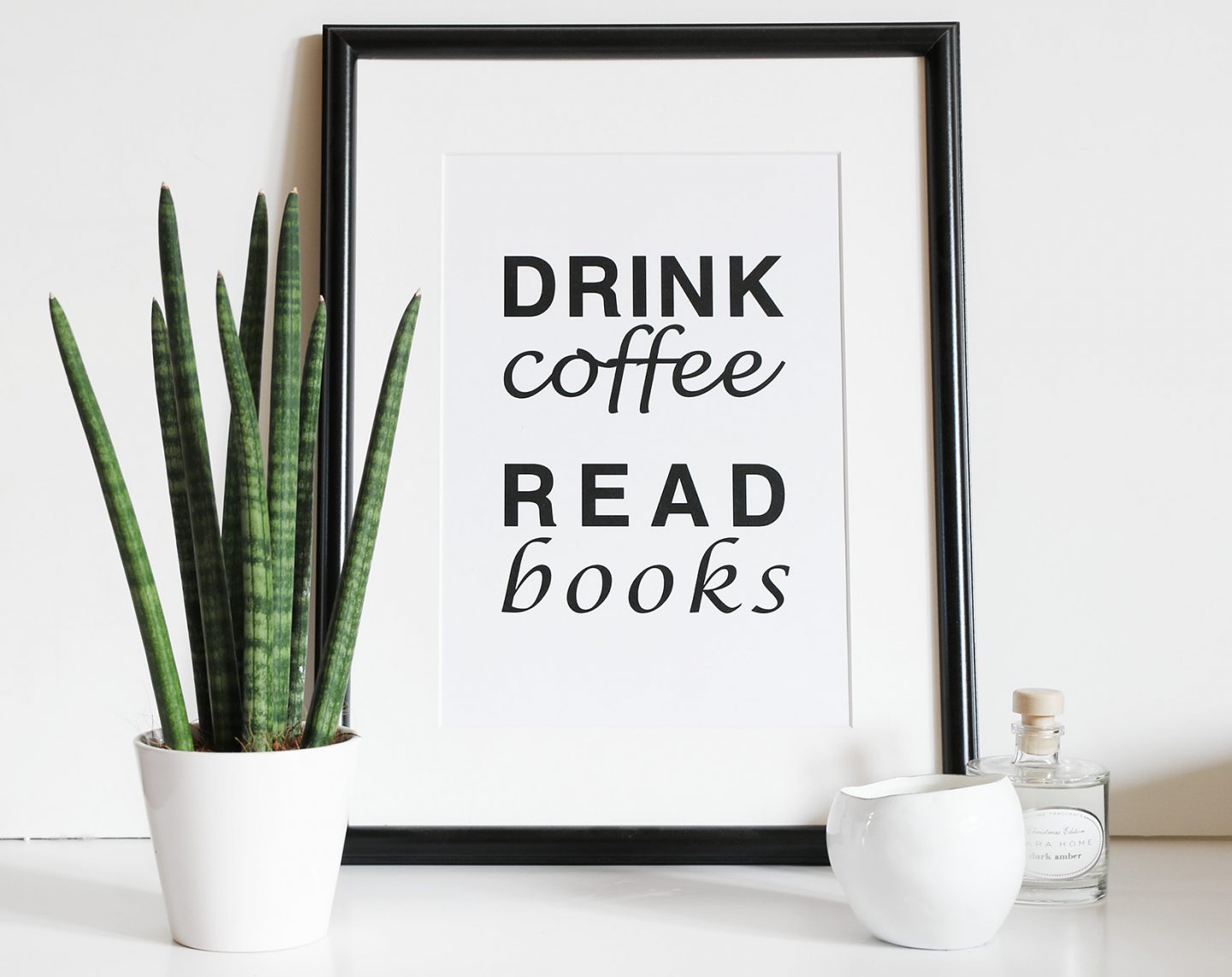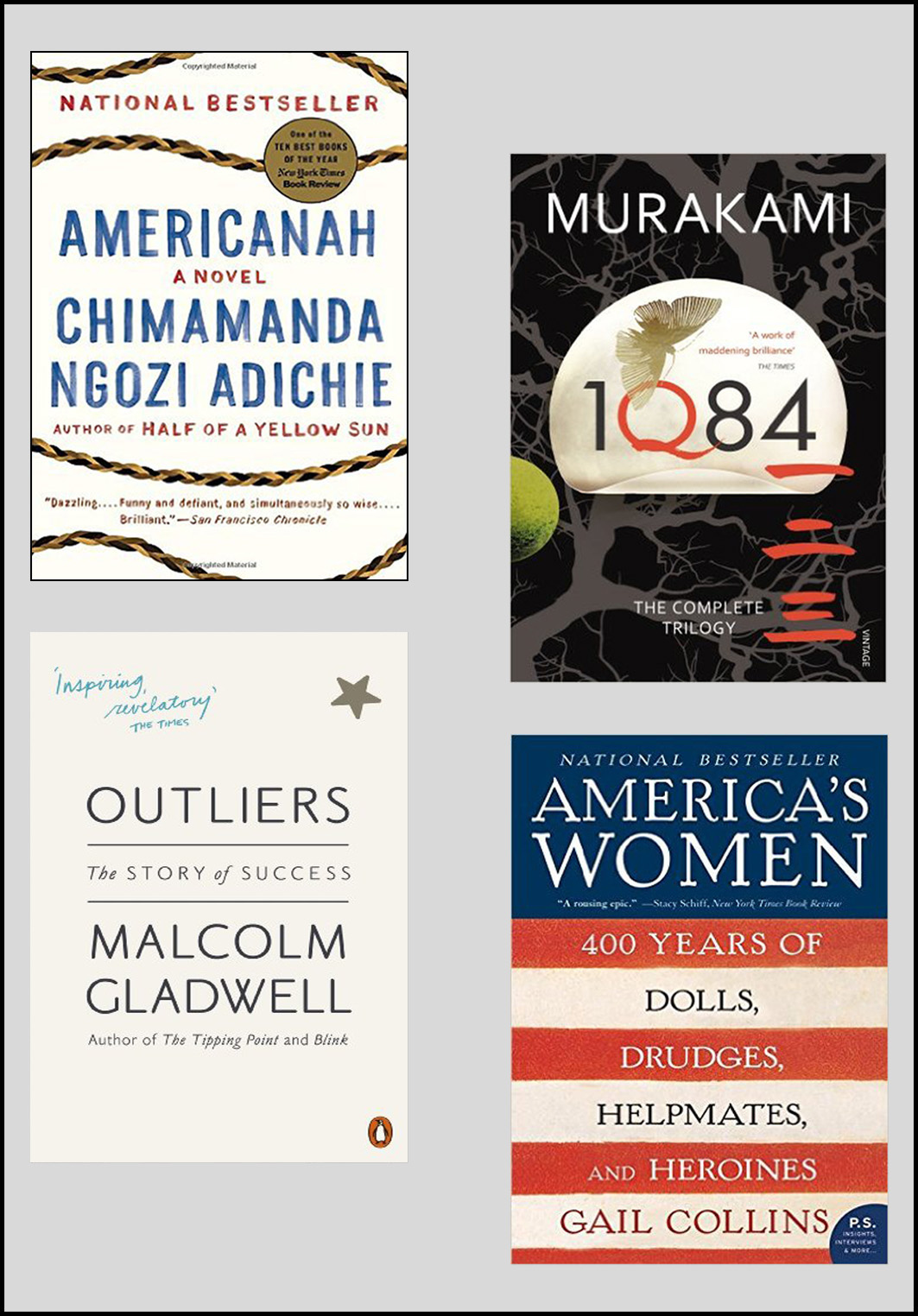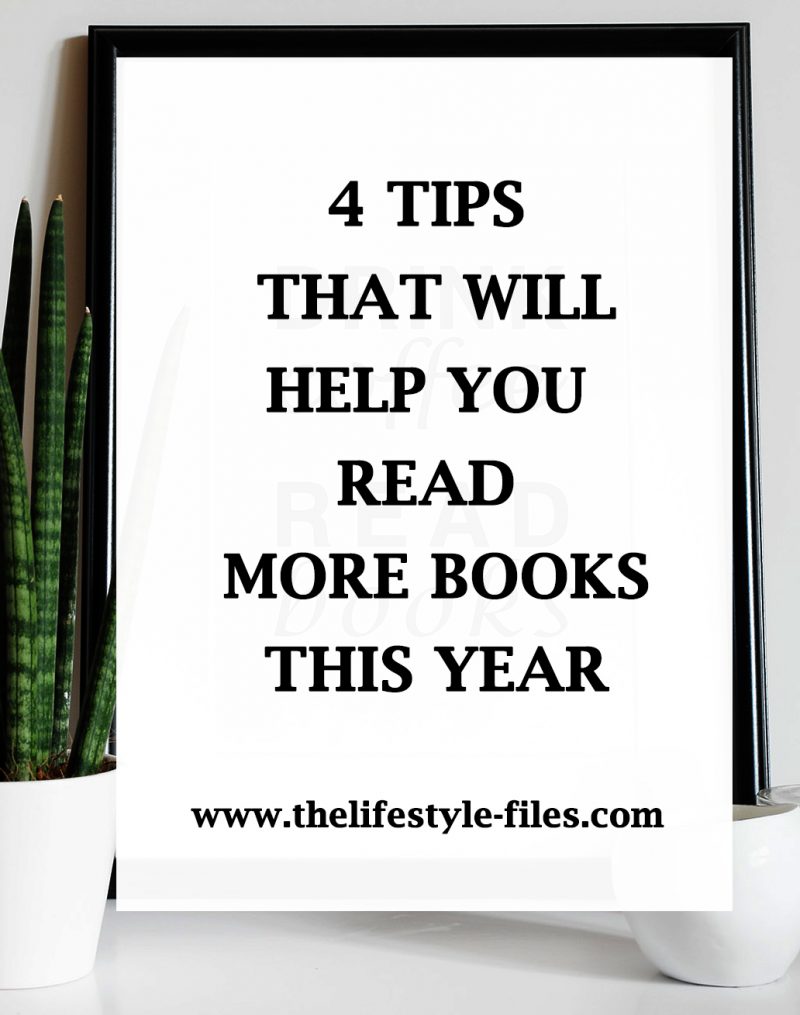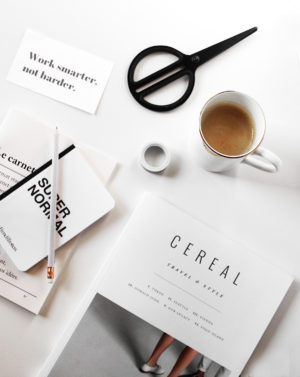
Ever recognized an interesting pattern in the habits of the most successful businessmen, statesmen, and artists? Something a lot of them acknowledge as an important part of their daily routines and a huge factor in their innovative thinking?
They read. A lot.
They read to gather knowledge. To learn about people. To discover new approaches. To improve their verbal and writing skills. To relax. To be inspired and motivated.
Reading is a creative process. You don’t just consume something created by someone, but also recreate it by filtering, imagining, reflecting.
George R.R. Martin, A Dance with Dragons
Bill Gates reads about 50 books a year. He said “reading is still the main way that I both learn new things and test my understanding.”
Someone once asked Warren Buffett the key to success. He pointed to a stack of books and explained: “Read 500 pages like this every day. That’s how knowledge works. It builds up, like compound interest.”
Winston Churchill won a Nobel prize in literature.
Oprah started her own book club to teach her audience the importance of reading.
Mark Zuckerberg started his own digital reading community called A Year Of Books in January 2015, encouraging people to read a book every two weeks.
Unfortunately, reading is on a global decline. On a frighteningly steep decline.
It seems reading stopped being a habit. And when something ceases to be a habit, it starts requiring a lot more effort.
So start rebuilding the habit. Start rediscovering the vast information, inspiration, and joy reading can hold for you. It is not at all that time-consuming or difficult as we may sometime think. The key is just using some tricks to build reading as a habit. It’s well worth it.
Schedule reading time
As much as I love reading, sometimes it is much easier to just turn on Netflix and watch something that does not require any kind of intellectual capacity and gives my brain a much needed rest. However, no matter how good a TV show is, it is not a complete substitute for a book. So schedule.
Schedule some reading time almost every day, whether it is before work, bed, or during commute. I do believe we have more spare time than we think, it just flies by as we browse the internet or lose ourselves in the wonderful world of Instagram. Just resist the urge to check your mobile the 100th time a day and use that time to read a couple of pages. Once it becomes automated, you will find more and more time for it.
Rotate books and genres
Not all books are fun to read. Some are dense; some are more complicated, some require a full attention. That does not mean its not worth spending time on them, you just have to find the appropriate mind frame. Most of the time I do read just one book at a time, but I also always have a backup, if I feel like reading something different – lighter, funnier, more serious, more emotional, more informative, depending on my mood. Always switch up different genres and authors to keep it fun.
“To read” book pile
I also have a physical as well as a virtual “to read” book pile that I constantly stock, so I always have a visual on my next target. Of course, this has its own perils. The moment you can use your pile as a dining table is probably when you should start resisting the urge to buy books for a while. There is a very fancy Japanese word for this – Tsundoku. It refers to the condition of acquiring reading materials but letting them pile up in one’s home, possibly without ever reading them. So, in order to avoid the dreaded Tsundoku, or e-Tsundoku for the Kindle-version, I would strongly suggest limiting the pile to 4 or 5 books.
I also collect book recommendations in a list. The Man Booker long- and shortlist is usually a safe bet for contemporary fiction. The book reviews of major publications (The New York Times, The Guardian, Esquire, The New Yorker etc.) are also great for keeping up with newest releases. And Goodreads is one of the biggest online book communities with tons of reviews, lists, and recommendations.
A challenge
I little challenge has never hurt somebody, though apparently not everyone shares this view. While I agree that reducing reading to a simple number-game can be viewed as superficial, the outcome and nature of the challenge depends on us solely. I have been doing the 50 books a year challenge for years now and for me it has always been a simple delicate nudge, a slight motivation, and not an anxiety-inducing sprint along a book checklist.
There are tons of challenges on the Group page of Goodreads (just type in challenge) or on the Internet if you fancy some inspiration or a community. Just make it personal and fitted to motivate you.
To jumpstart the 2017 book challenge, here are some of my 2016 favorites.

Americanah by Chimamanda Ngozi Adichie
Americanah won the 2013 National Book Critics Circle Award and was selected as one of the 10 Best Books of 2013 by the New York Times Book Review. It tells the story of Ifemelu, a Nigerian-born young woman who leaves behind his home country and his love, Obinze in search of a better life in America. While she establishes a new life in the land of dreams and becomes a successful writer of her blog, “Raceteenth or Various Observations About American Blacks (Those Formerly Known as Negroes) by a Non-American Black”, she struggles with her identity and the deeply embedded racial divisions and distinctions of America. Her left-behind lover, Obinze – after many desperate attempts at getting out of Nigeria, which is under military dictatorship at the time – finally settles at home, has a family and a fortune, but pays huge costs for the success. They cross paths once again, when Ifemelu returns to her homeland. Beautifully written, witty, thought provoking, emotional and offers a fresh take on race relations, identity, and Blackness in both America and Africa.
1Q84 by Haruki Murakami
Ok, so technically it’s not one book, but three, as it is a trilogy, but it is so hard to take it down, it will be devoured in less time than a single book. “Please remember: things are not what they seem. (…) After you do something like that, the everyday look of things might seem to change a little.” – warns a taxi driver the heroine when she gets out of the car in the middle of the highway to find the emergency ladder in order to continue her way towards her secret mission. This is both a foreshadowing of later events and the motto of the whole trilogy. Murakami’s book is a gripping love story and a thriller that grabs the reader in an instant and takes him away into alternative realities, parallel lives, a kaleidoscopic world of teachers and assassins, love and violence, loyalty and vengeance, two moons, sects, good and evil, reality and illusion. All infused by Murakami’s often-used symbols, rich literary and musical allusions, pop culture references, and descriptions of Japanese life and traditions.
Outliers by Malcolm Gladwell
I am probably late to the party when it comes to hugely successful, The New Yorker writer Malcolm Gladwell. To my credit, I jumped on the bandwagon quickly. Out of the three Gladwell books I read last year, Outliers is by far my favorite.
Surrounded by a myriad self-help and motivational books, inspiring quotes and sensational success stories, we are all led to believe that success is only a matter of talent, perseverance, and hard work. Gladwell tries to disrupt this notion by arguing that personal and circumstantial “lucks” (demographic, upbringing, historic, technological) and opportunities have more of a deciding factor in one’s success than sheer talent or IQ. He argues his thesis through a series of interesting stories, from Bill Gates and Canadian hockey players to The Beatles. I feel like Gladwell is usually either loved for his subjects and writing style or heavily criticized for simplifying complicated issues and twisting certain aspects to fit into his argument. I think his books should be viewed as what they are: not deep and long critical works or dissertations covering all and every angles, but highly entertaining and interesting ideas and stories that makes us think, rethink, and debate issues for a long time after the last page.
America’s women: 400 years of dolls, drudges, helpmates, and heroines by Gail Collins
The book tells a side of history we don’t usually learn about at school, the history as America’s women saw, experienced, and shaped it. From the early settlers up to the 1960s, we are introduced to the everyday lives and hardships of women, how they settled in this vast foreign land, how they fought for their lives and families, for respect and equal rights. Through a variety of individual stories of famous and undeservedly unknown heroines, we get to know the different struggles, experiences, and achievements of women in the homes, in the factories, on the battlefields, in hospitals, universities, courtrooms, and newspapers. It is a fascinating story that I wish would not be so unknown.




